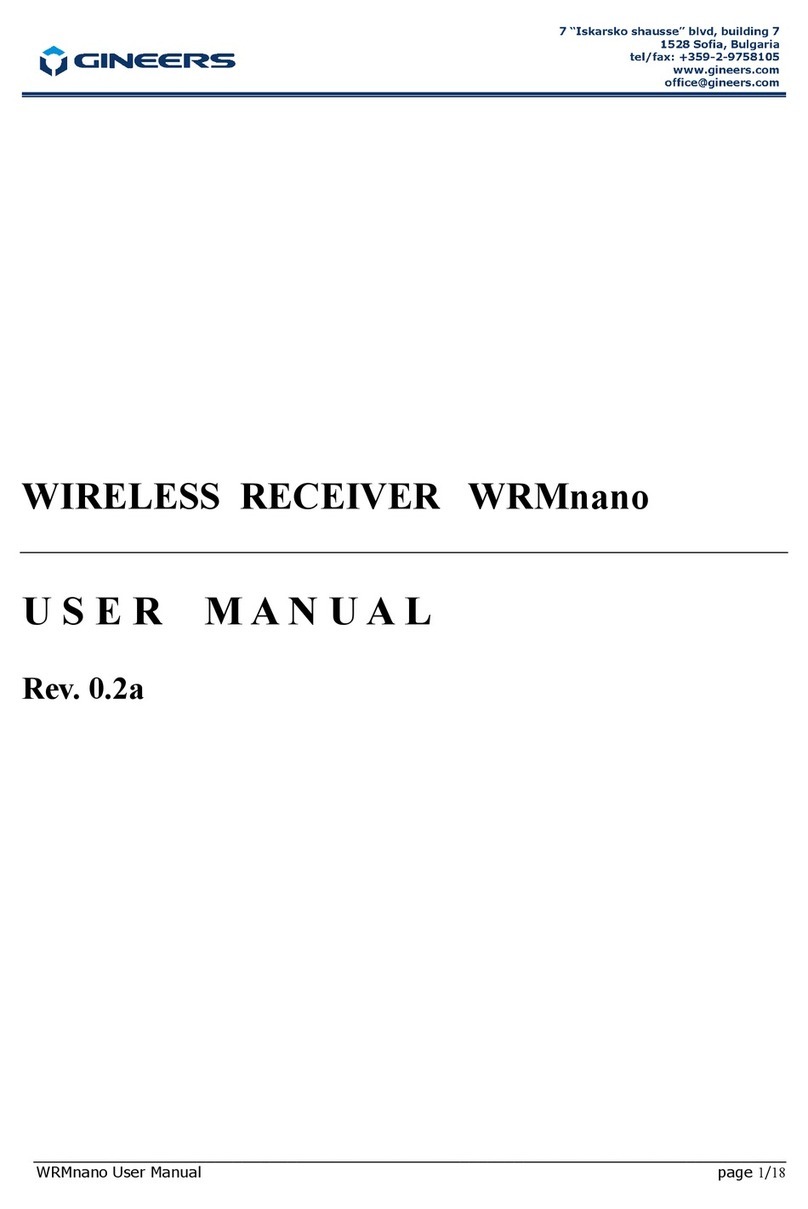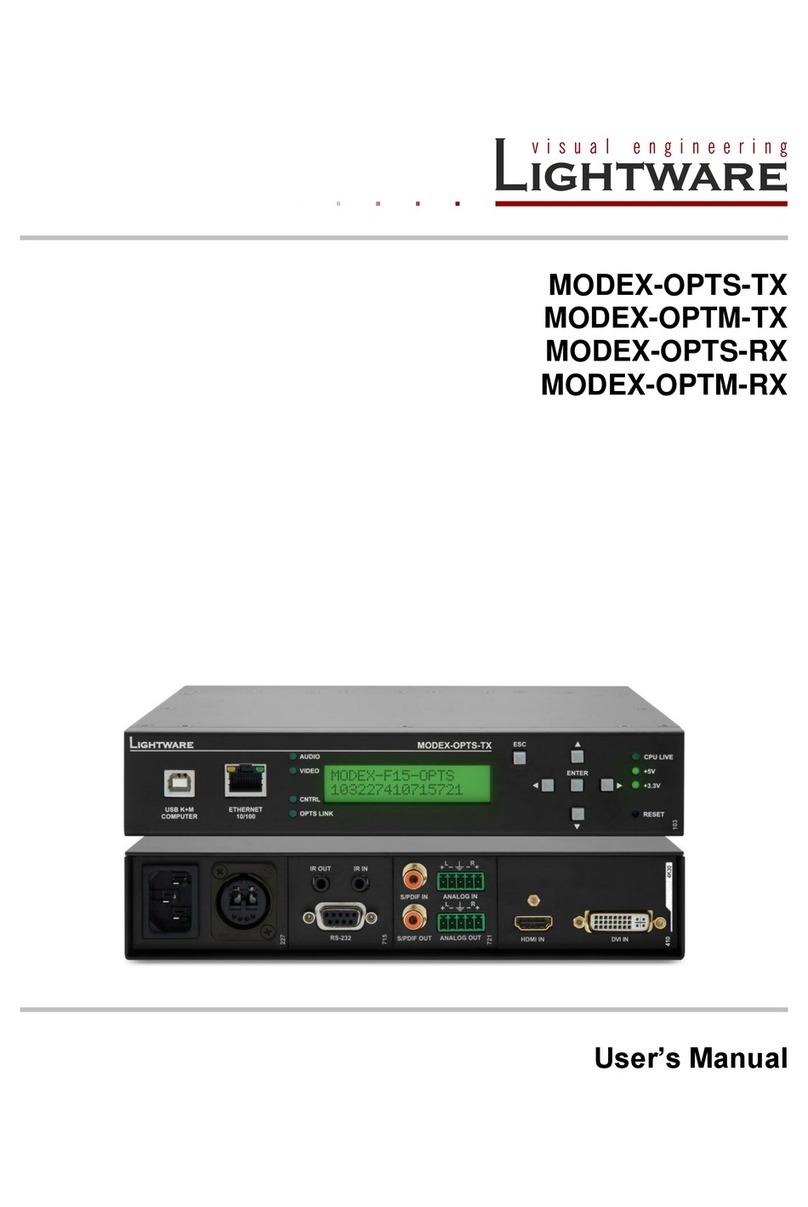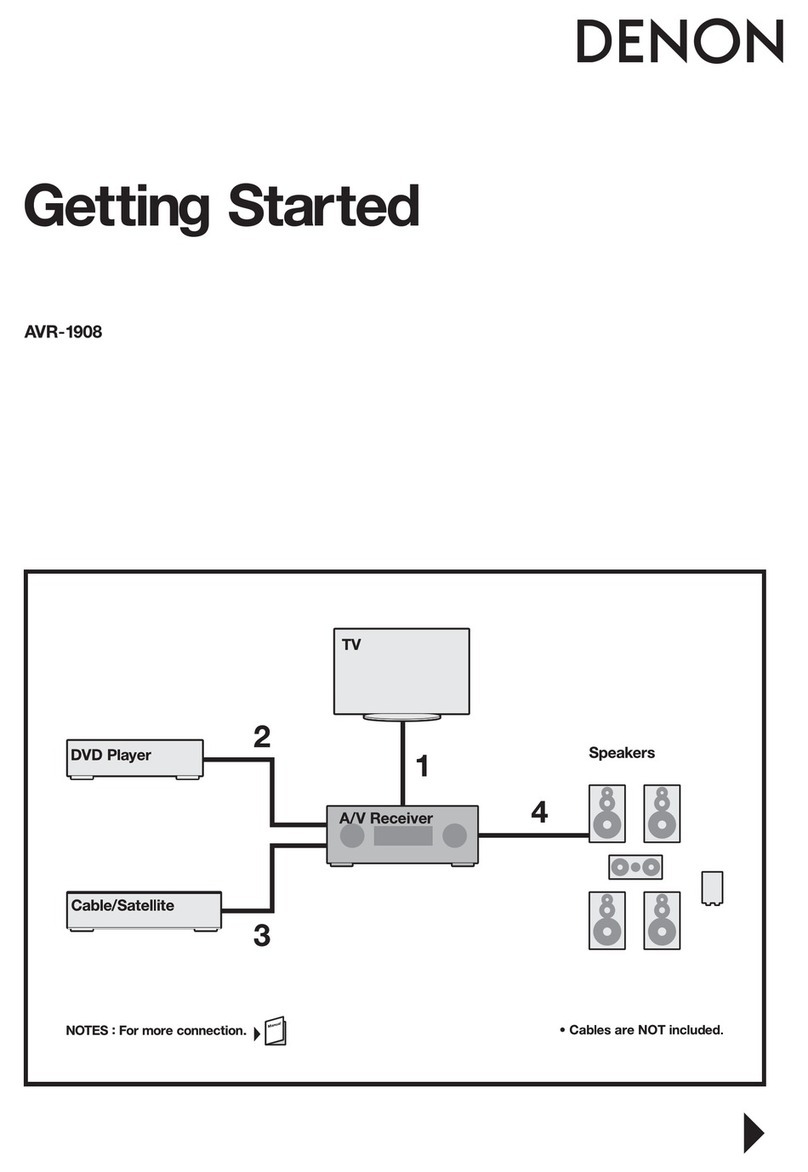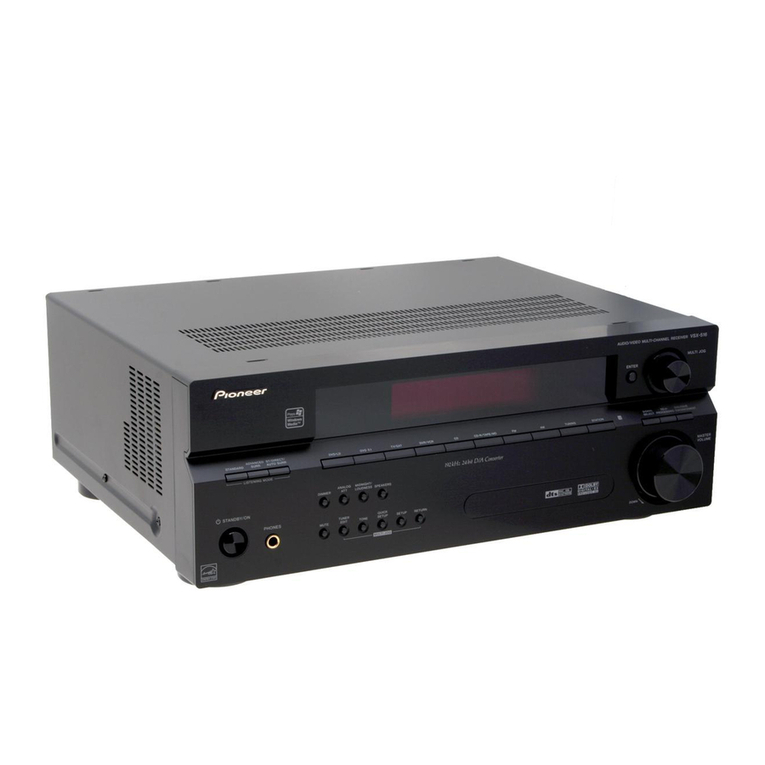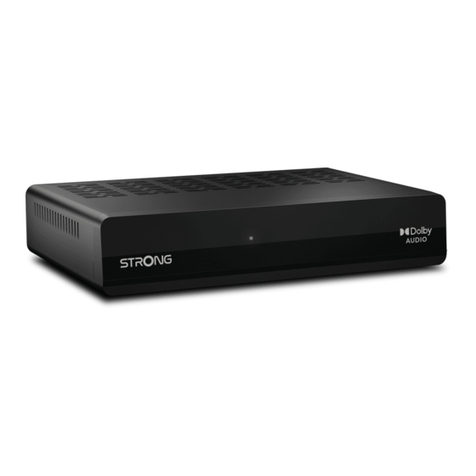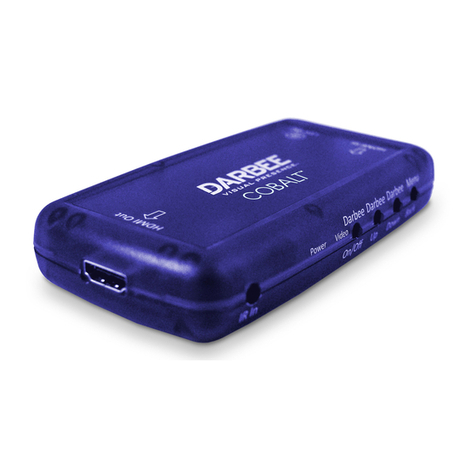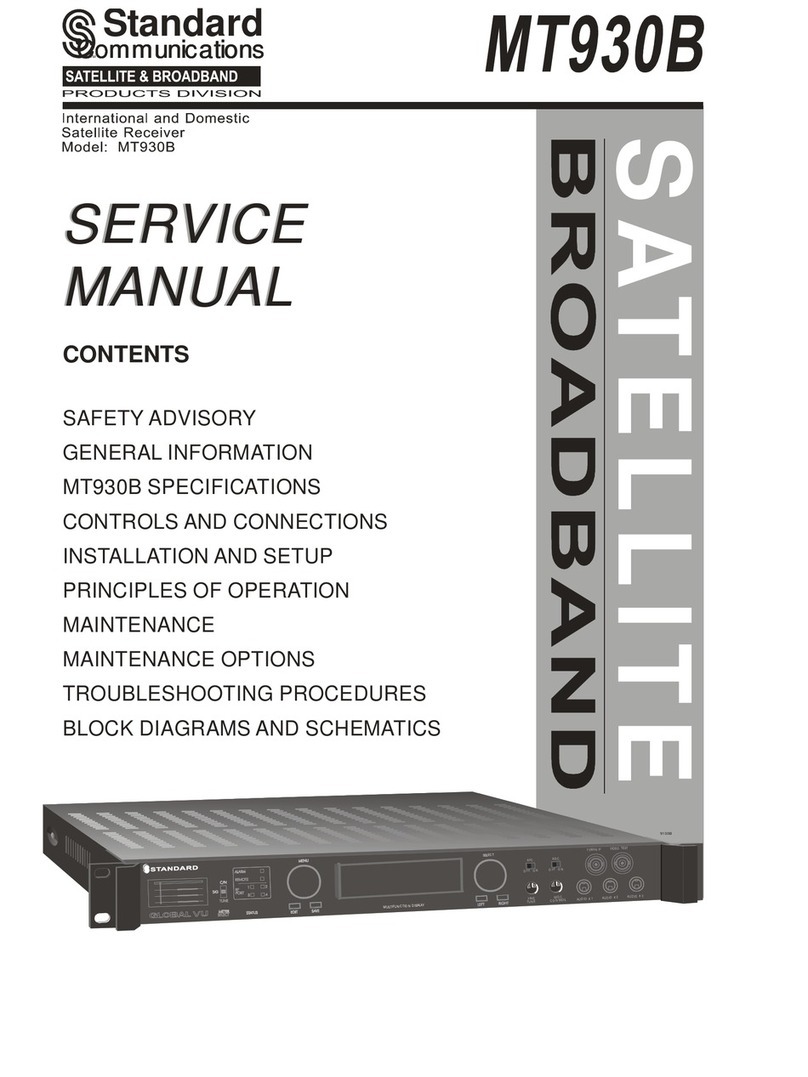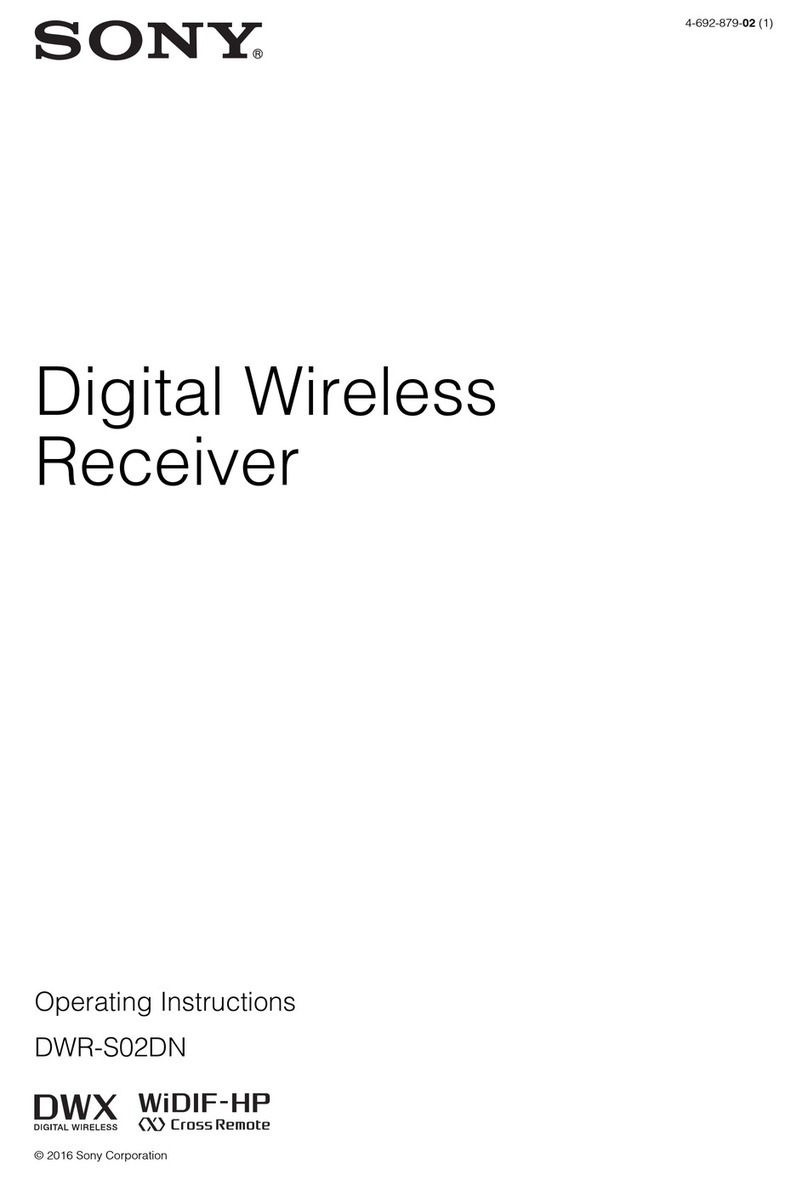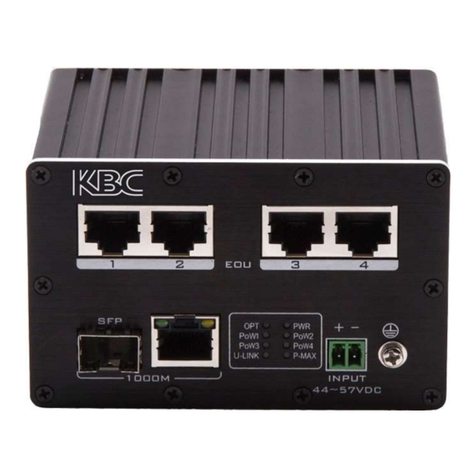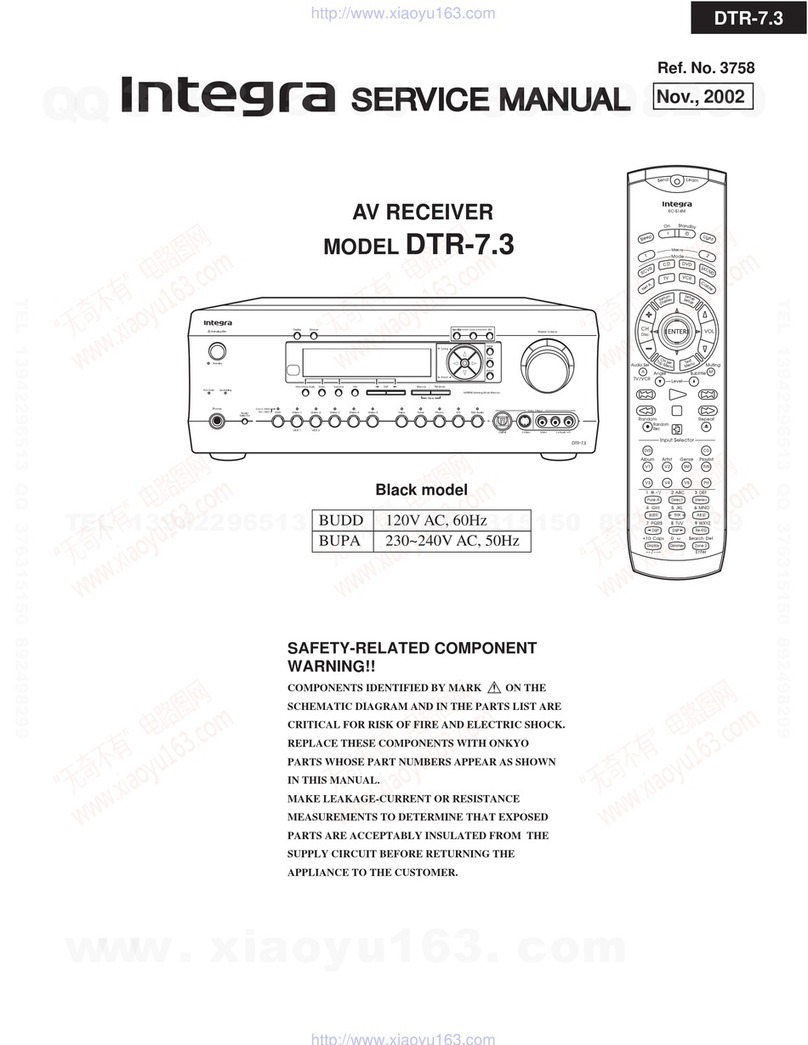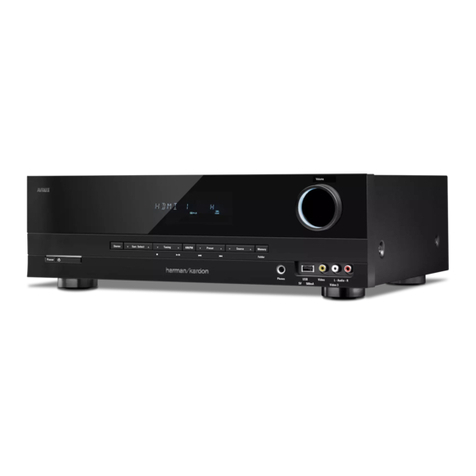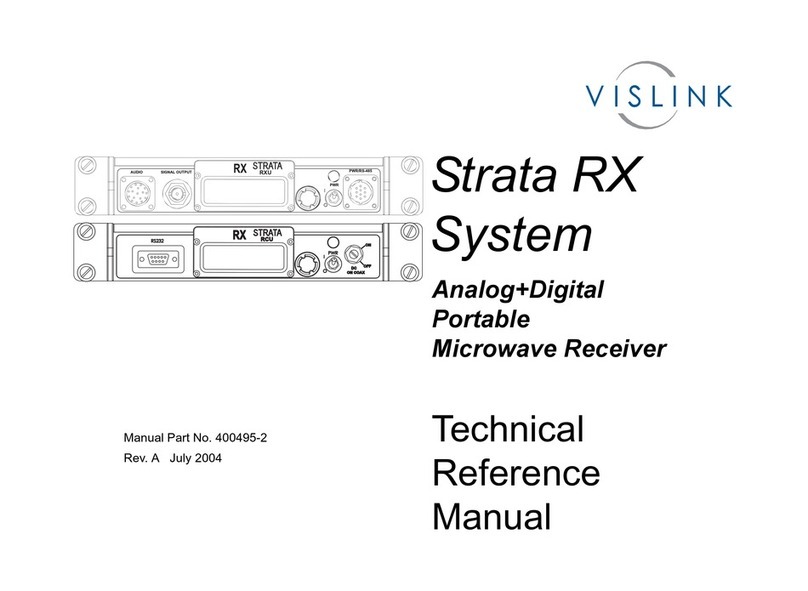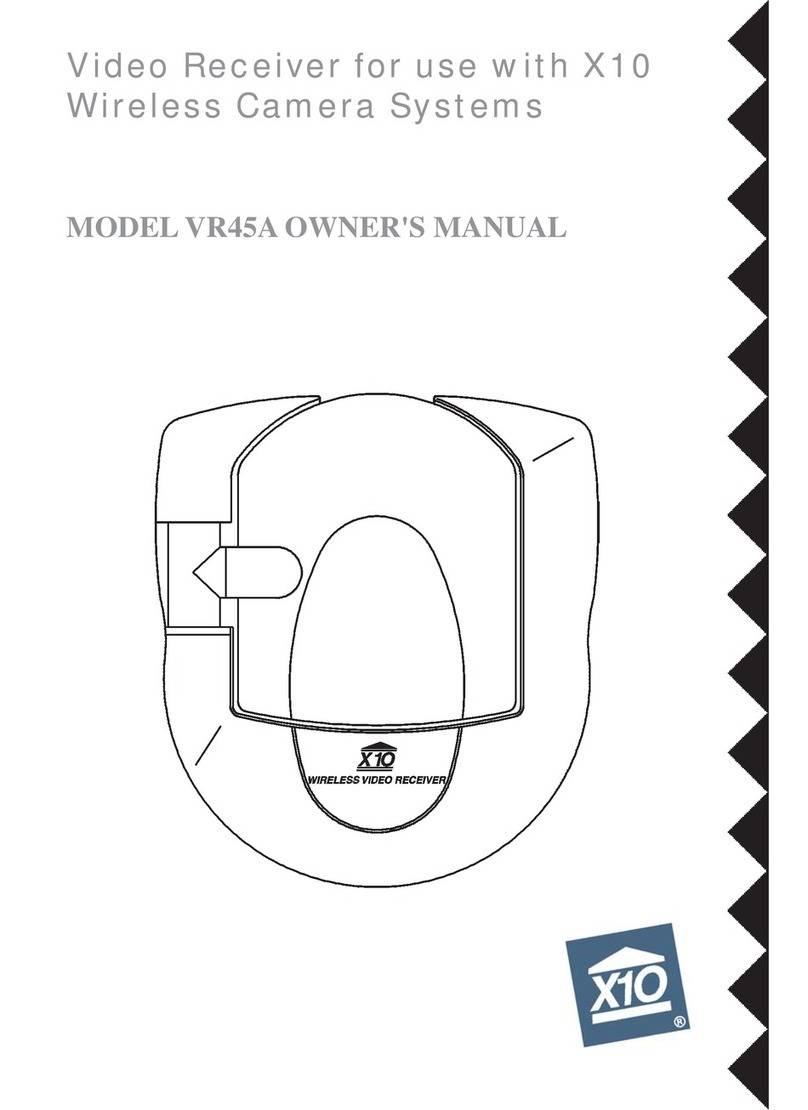GINEERS WM-BUS Series User manual

3. Electrical connections
All connectors of WRM-TS are shown on the figure on the right:
1 – Power inlet: adapter 6-9 ac/200 mA
or 5-12 dc/200 mA (polarity does not
matter)
2 – SMA antenna connector
3 – Wire m-bus slave interface, 2-pin
terminal block
4 – RJ45 connector (RS-232 interface) -
for connection to PC, external
controller/converter or m-bus converter
(MBRS-xx)
The cable for connecting WRM-TS to external device (PC, controller, etc.) is RS-232
<-> RJ45 and is part of the package. Same cable is used on MBRS-xx type converters.
Software for setting WRM-TS can be freely downloaded from Gineers website or contact us.
4. Warranty
The warranty of the device is limited to 2 years from the date of sale. If the device
shows any defect or malfunctions during that period, the manufacturer is obligated to repair
the device in its own service for manufacturer’s expense, or, if the repair is impossible, to
replace the device with new one. The transportation costs to the manufacturer’s service are
due to the client. The warranty voids if this manual’ instructions are not met, warranty seals
are removed or the device was opened by unauthorized by the manufacturer personnel.
Serial number:.................... Date of sale:........................
Signature:........................
5. The package contains
- WRM-TS - 1 pc.
- Data cable for connection to PC, 1m. – 1 pc.
- Power adapter - 1pc.
- 868MHz RF antenna
- Instruction manual - 1 pc.
6. Manufacturer
Gineers Ltd.
7 “Iskarsko shausse” blvd, TCE, building 7
1528 Sofia, Bulgaria
tel./fax (+359-2) 9758105
URL: http://www.gineers.com
e-mail: office@gineers.com
Wireless m-bus receiver WRM-TS WM-B S Series
Instruction manual
WRM-TS is a wireless m-bus receiver, intended to collect data from various devices,
working in modes T or S according to wireless m-bus standard (EN13757-4). WRM-TS have
the following main features and characteristics:
Serial RS-232C interface for communicating with external device (computer,
communication device/controller, etc.)
wired m-bus interface, slave device in a m-bus network
memory for saving data for up to 450 devices
real time clock
several LEDs for work state information
external power supply (adapter 12 @0.5A), included
1. General technical data
RF band – 868Mhz, 12 channels
Wireless m-bus modes - T1, T2, S1, S2, C
M-bus slave interface - 1.5 mA
M-bus interface parameters - 300/1200/2400/4800
Maximum devices allowed - up to 450
AES-128 encryption/decryption - Mode 5, individual or one key for all
serial port baud rate – 0.3/1.2/2.4/4.8/9.6/19.2/38.4 kbps
power supply – 6-12 dc/0.5 A, adapter 2 mm
max. power consumption @ 12 dc – < 5W
ambient temperature, operating – -20÷+50 °C
ambient temperature, storage – -50÷+85 °C
air humidity, operating & storage – 40÷90 %
dimensions (L/W/H) – 125/70/30 mm (without antenna)
protection class - IP30
display - 3 leds (on/RF, RS-232 comm, m-bus)
weight – 170 g
2. WRM-TS operation
WRM-TS is powered by external adapter 5-12 dc/200mA. The central pin of the power
connector is 2mm thick. We recommend adapter with power rating 6-12 dc/5W. Power
supply voltage should not exceed 20 dc/ 15 ac.
WRM-TS begin operation immediately after power-up. After initialization (about 1s),
WRM-TS enters in normal work mode.
This device has simple function – collect data from every wireless meter which is told to,
and convert this data to normal m-bus telegram. This telegram can be read both through PC
interface and/or m-bus interface by external controller. It is ideal for mixed type networks
(wire and wireless m-bus) because it can read wireless devices and send needed data
through standard m-bus interface. Supports Primary addressing of attached devices from 1
to 250 (defined by user), but total devices can be up to 450. Addresses above 252 can be
read through m-bus only by secondary addressing.

Normally three work scenarios can occur:
Connect WRM-TS to master m-bus converter/display, like MBM-64/250 – then
data will be visualized on display or read through wired m-bus interface
Connect WRM-TS to communication device like Ethernet/GPRS/phone modem –
then data can be read from remote location
Connect portable computer to RS-232 port and read information manually.
Initial parameters programming is essential. By default WRM-TS works in wireless T1
mode, listening for all incoming messages in the air. If meters for readout are programmed,
each received message is processed and if frame header equals to a programmed meter,
data is decoded and saved in non-volatile memory. Programming meter in WRM-TS memory
means that user must activate particular device, giving information about its Primary and
Secondary address. Primary address is defined by the user and generally is a number
between 1 and 250. Secondary address is meter ID, which is 8-digit unique code, written on
every meter and should be known to the user.
If meters are AES-128 encrypted then use should set individual decryption keys for each
meter. Or can use one Master key for all meters.
When desired meters are activated in WRM-TS memory user can also set readout
interval in hours (1-240) or minutes (5-240). When asked with standard m-bus telegram
REQ-UD2 on m-bus or serial interface, WRM-TS returns last saved value, with or without
timestamp.
WRM-TS has internal RTC clock, which has a backup power supply. On power down
device does not work, but RTC remains untouched for about a month.
All settings are made through serial PC port. Since all commands are ASCII based this
can be done with simple terminal program, although easy setup software is provided for
setting and reading.
All commands and parameters are ASCII based with one exception – encryption key
command.
Each command consists of three* basic parts:
command type
command description
parameters*
*parameters are optional for some of the commands.
Command types are consisted of 3-letter ASCII and are three main types – ‘get’,
‘set’ and ‘del’.
Command description is a 4-letter command code.
Command parameters are one or two ASCII sequences, separated with a ‘,’ symbol.
When parameters have to be set in WRM-TS memory, after command description is always
present symbol ‘=’.
To start reading particular device there are two main steps that must be done:
- activate a device in memory
- **set WRM-TS in desired wireless m-bus mode
- ***set desired interval for memorizing
**by default WRM-TS works in T1 mode
***by default this value is on every 60 minutes
And that’s all. Furthermore, some additional parameters like port speed and parity, time
and data, timestamps and so on can be set by the user for convenient reading.
Main commands and parameters are these:
# Command Description Default value Value range Note
1 get main Return type, firmware
version and ID of
WRM-TS
N/A N/A
2 get serv Return main
operational parameters
N/A N/A
3 get time Return current time of
WRM-TS
N/A N/A
4 get date Return current date of
WRM-TS
N/A N/A
5 get addr Return MAX devices
and activated meters in
HEX-ASCII mask
N/A N/A
6 get full Return all activated
primary and
corresponding
secondary addresses
N/A N/A
7 set time=hh:mm:ss Set time of WRM-TS 00:00:00 hh <0-23>
mm <0-59>
ss <0-59>
8 set date=dd/mm/yy Sets date of WRM-TS 01/01/16 dd <1-31>
mm <1-12>
yy <00-99>
9 set minc=0/1 Defines readout
interval in minutes (0)
or hours (1)
0 0 or 1
10 set pito=xxx Defines readout
interval
6 (hours) <0-240>
11 set wmod=x Sets working wireless
m-bus mode
MODE T1 0 = S1
1 = T1
2 = T2
3 = S2
12 set trns=0/1 Defines type of WRM-
TS readouts – full radio
telegram or m-bus
telegram due to
EN13757-3
0 (transparent mode
OFF)
0 or 1
13 set tmst=0/1 Defines presence of
timestamps in readout
m-bus telegram
1 (ON) 0 or 1
14 set entr=x,y Activates METER in
WRM-TS memory
N/A xxx = PRIMARY
yyyyyyyy = ID
Binds user defined primary
address to existing wireless
meter with ID yyyyyyyy
15 set bind=x,y Binds a meter in
special list, which is
used on filtering and
AES-128 encryption
N/A xxx = PRIMARY
yyyyyyyy = special
Yyyyyyyy is a HEX sequence,
which includes ID,
manufacturer code, version
and device type
16 set encr=x,y Sets AES-128
encryption key for a
particular meter
N/A xxx <1-64>
Y = 16-byte key
Meter 1-64 should be in
BIND list in order decryption
to work correctly
17 set rssi=0/1 Sets RSSI byte
presence in every
wireless telegram
1 (ON) 0 or 1 This is last byte before STOP
byte in wired m-bus
telegram.
18 set decr=0/1 Turns AES-128
message decryption
ON/OFF
1 (ON) 0 or 1 Used only if AES-128
encrypted messages will be
received
19 del entr=xxx Deactivates a device in
WRM-TS memory
N/A xxx <1-250>
20 del bind=xx Deletes device from
BIND list
N/A xxx <1-64>
21 del addr Deactivates all devices
in WRM-TS memory
N/A N/A
All commands and parameters are lower case, with no preceding or trailing characters like space,
CR, LF, etc.
For full command reference refer to WRM-TS Command reference, which can be
downloaded from www.gineers.com/en/products_remote_master_wrm.php
This manual suits for next models
1
Other GINEERS Receiver manuals
